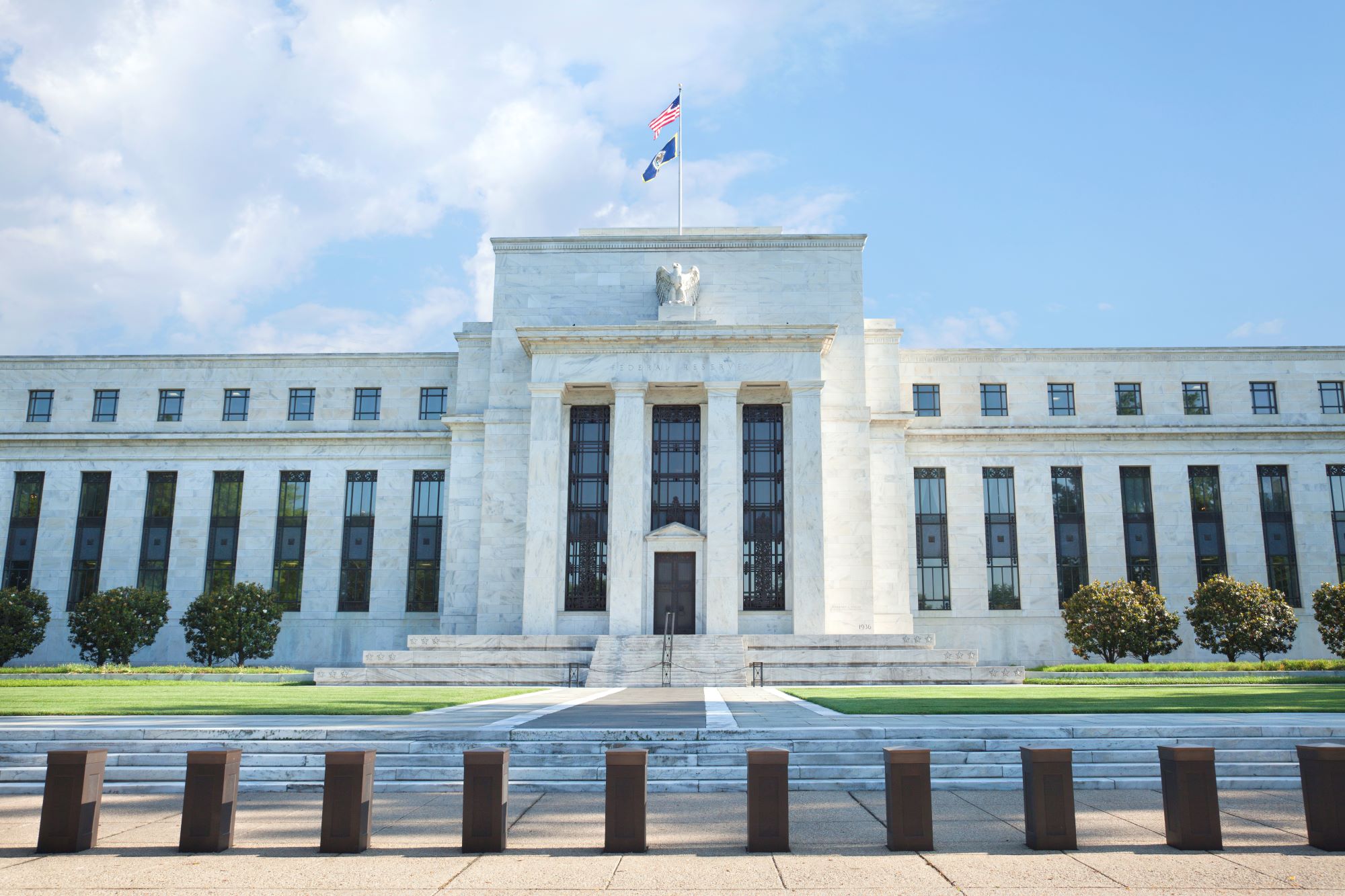The Federal Reserve has announced its decision to cease its specialized program dedicated to monitoring banks’ activities related to cryptocurrencies and financial technology sectors. This move marks a significant shift in the regulatory landscape, reflecting the evolving approach of central banking authorities towards emerging financial innovations.
Over recent years, the Federal Reserve has been increasingly scrutinizing the burgeoning crypto and fintech industries, emphasizing the need for robust oversight to prevent financial instability and protect consumers. The program in question was established to ensure that banks engaging in crypto transactions or providing fintech services adhere to safety and soundness standards. Its discontinuation signals a potential change in regulatory priorities, possibly aiming to streamline oversight or delegate responsibilities to other agencies.
The decision has been met with mixed reactions from industry stakeholders and market analysts. Financial institutions that have been under the Fed’s scrutiny may experience a shift in compliance requirements, potentially reducing regulatory burdens for banks more actively involved in crypto and fintech activities. Conversely, critics argue that removing dedicated oversight could increase risks associated with these sectors, especially given the volatility and regulatory uncertainties surrounding cryptocurrencies.
Experts suggest that the Fed’s move might be part of a broader strategy to refocus its regulatory efforts on traditional banking risks, such as credit, liquidity, and interest rate risks, rather than niche sectors like crypto. Meanwhile, financial technology firms and crypto businesses could see this as an opportunity to expand their operations without the constraints imposed by the previous oversight program.
Market reactions to this news have been cautious, with some analysts predicting a potential decrease in regulatory pressure on crypto and fintech companies, which could foster innovation and investment. However, others warn that the lack of specific oversight could lead to increased volatility and systemic risks if not managed appropriately by other regulatory bodies.
Looking ahead, investors and industry players should watch for further regulatory developments, including new policies from the Securities and Exchange Commission (SEC) or the Commodity Futures Trading Commission (CFTC), which could step in to fill the oversight gap. Also, monitoring the Fed’s broader monetary policy stance will be crucial, especially considering ongoing inflation concerns and interest rate adjustments.
Will the end of this oversight program lead to increased risks in the crypto sector?
It could, as reduced regulatory oversight might allow for more risky behaviors and less transparency in crypto markets, but other agencies may step in to regulate these activities.
How will banks adapt to the discontinuation of the crypto and fintech oversight program?
Banks involved in crypto and fintech may experience fewer restrictions, enabling them to innovate and expand, but they must still comply with existing financial regulations.
What are the next regulatory developments to watch in the crypto and fintech sectors?
Regulatory agencies like the SEC and CFTC are expected to introduce new rules that could shape the future landscape of crypto and fintech regulation, complementing or replacing the Fed’s previous oversight role.







